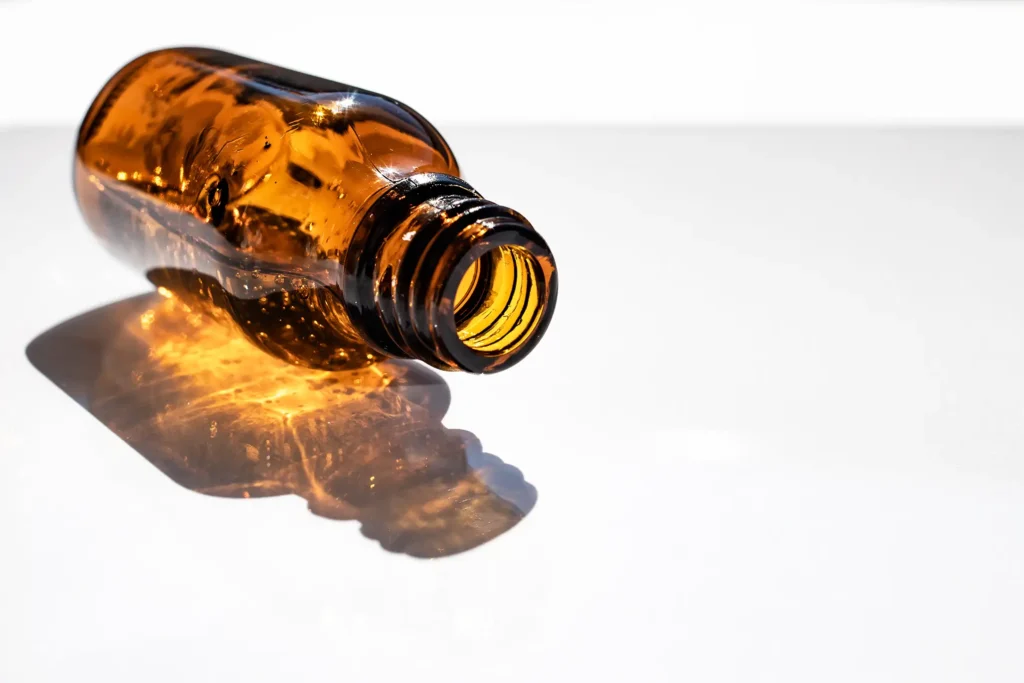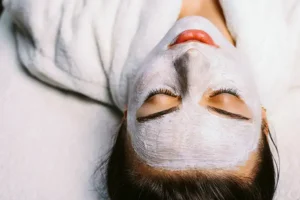When you hear the term “kojic acid,” you might think of something harsh for your skin. Don’t worry—kojic acid is a naturally derived ingredient with incredible benefits for your complexion.
What Is Kojic Acid?
Kojic acid has been gaining popularity in the skincare world, especially as a natural alternative to hydroquinone (which has been widely used for decades to treat hyperpigmentation but is restricted in certain countries, particularly in Europe, due to safety concerns) in treating hyperpigmentation. Derived from the fermentation process of fungi, particularly Aspergillus oryzae, this natural byproduct is known for its powerful skin-brightening properties.
How Kojic Acid Works
Kojic acid works by targeting the root cause of hyperpigmentation: melanin production. Melanin is the pigment that gives your skin, hair, and eyes their natural color. Kojic acid blocks the enzyme tyrosinase, which your body uses to produce melanin. When this process is slowed, the dark spots, sun damage, or PIH gradually lighten.
This doesn’t happen overnight, though. Visible results from kojic acid can take two to three months of consistent use. It’s a slow, steady process, but one that’s well worth the wait if you’re dealing with uneven skin tone.
The Benefits of Kojic Acid:
- Brightening Skin Tone: Kojic acid is widely known for its ability to lighten hyperpigmentation, age spots, and melasma. Over time, it helps even out your skin tone, leaving your complexion looking brighter and more radiant.
- Post-Inflammatory Hyperpigmentation: Struggling with PIH or sun spots? Kojic acid has been shown to reduce post-inflammatory hyperpigmentation, meaning those stubborn dark marks from breakouts can fade with consistent use.
- Antibacterial and Antifungal Properties: Interestingly, kojic acid isn’t just limited to skincare. Its antibacterial and antifungal properties make it a powerful ingredient, used in medical treatments.
- Anti-Inflammatory: On top of reducing pigmentation, kojic acid has anti-inflammatory benefits that can soothe irritated skin, making it a versatile option for different skin types.
How to Add Kojic Acid into Skincare
Incorporating kojic acid into your skincare routine is simple, but there are a few things to keep in mind. First, it’s available in various forms, such as creams, serums, and soaps. When starting out, look for products with lower concentrations (1-3%) to minimize irritation, especially if you have sensitive skin.
To get the most out of kojic acid, use it once a day, ideally at night. And don’t forget sun protection—since kojic acid can make your skin more sensitive to UV rays, it’s essential to wear sunscreen during the day to avoid further hyperpigmentation.
Combining kojic acid with soothing ingredients like niacinamide can further enhance its benefits while minimizing irritation. Niacinamide is known for its anti-inflammatory properties and ability to strengthen the skin barrier, making it a great partner to kojic acid in your skincare regimen.
Potential Side Effects
Like many active ingredients, kojic acid comes with its share of potential side effects. The most common issue is contact dermatitis, which can lead to symptoms such as redness, irritation, or itching. This is especially true when using products with concentrations above 1%, so it’s important to start slow and gradually build up usage.
Prolonged use of kojic acid can also increase skin sensitivity, particularly to sunlight, making daily sun protection an absolute must. Overuse may cause more harm than good, leading to irritation and weakening of the skin barrier. That’s why experts recommend cycling kojic acid with other gentler products, or using it as a targeted treatment rather than in your daily routine.
Patch testing is key! Before applying kojic acid to your face, test a small area to ensure your skin won’t react negatively. If all goes well, you can gradually incorporate it into your routine.
Is Kojic Acid Safe During Pregnancy?
While there’s limited research, kojic acid is generally considered safe during pregnancy. However, because every pregnancy is different, it’s important to consult with your healthcare provider before incorporating kojic acid into your skincare routine.
Can You Use Kojic Acid with Retinol?
Yes, kojic acid can be used with retinol. Both kojic acid and retinol are powerful ingredients that can brighten and improve skin texture. However, because they can both be potent, it’s a good idea to alternate their use or apply them at different times of the day—kojic acid in the morning with sunscreen, and retinol in the evening. Always start slow and observe how your skin reacts to avoid dryness or irritation.
References:
AcneAdvocate is a participant in the Amazon affiliate advertising program and this post may contain affiliate links, which means we may earn a commission or fees if you make a purchase via those links.





